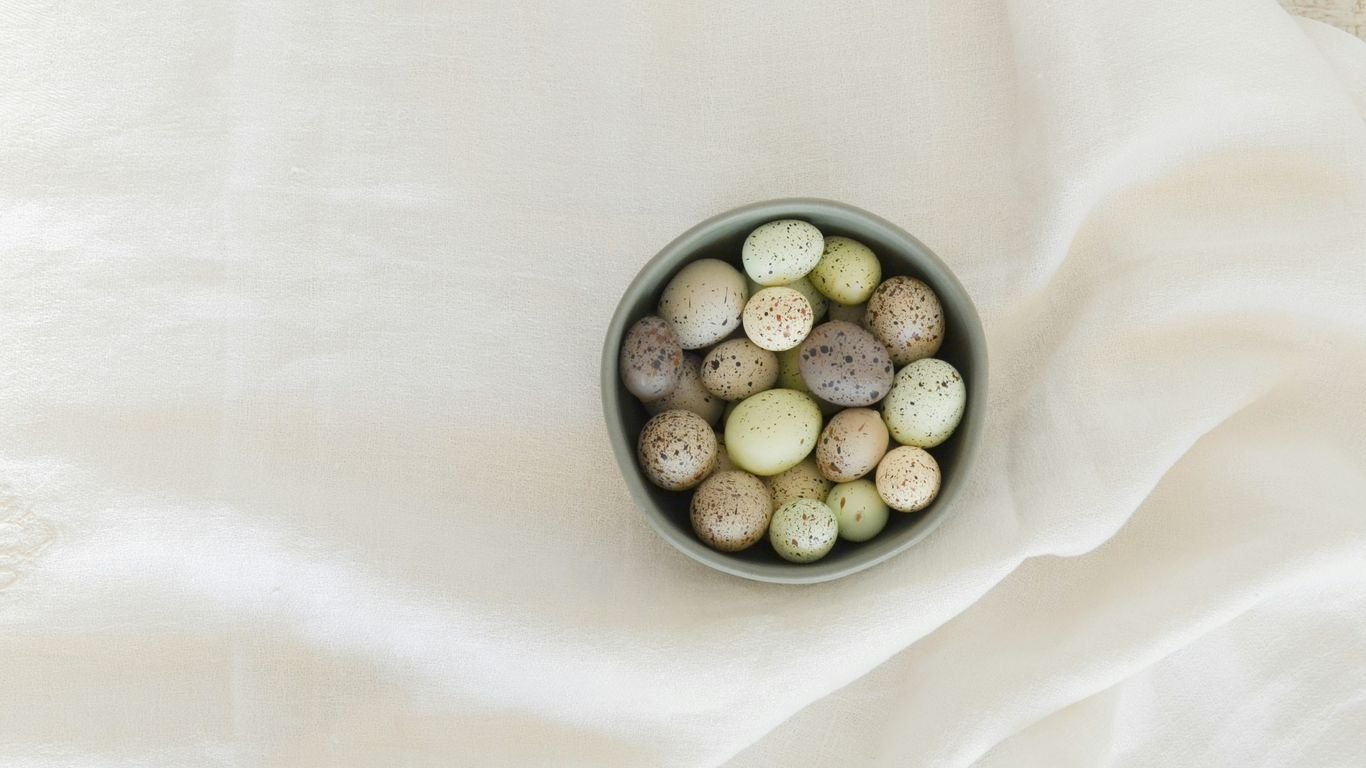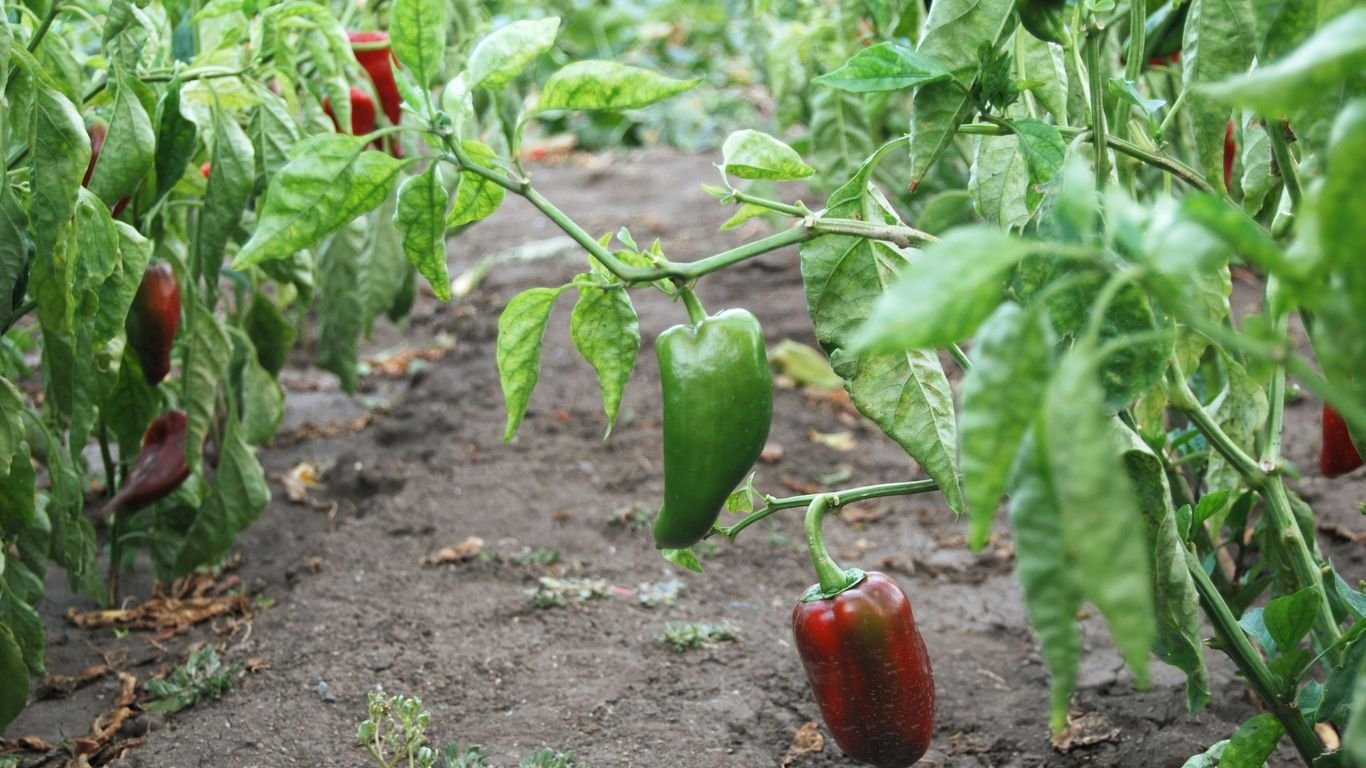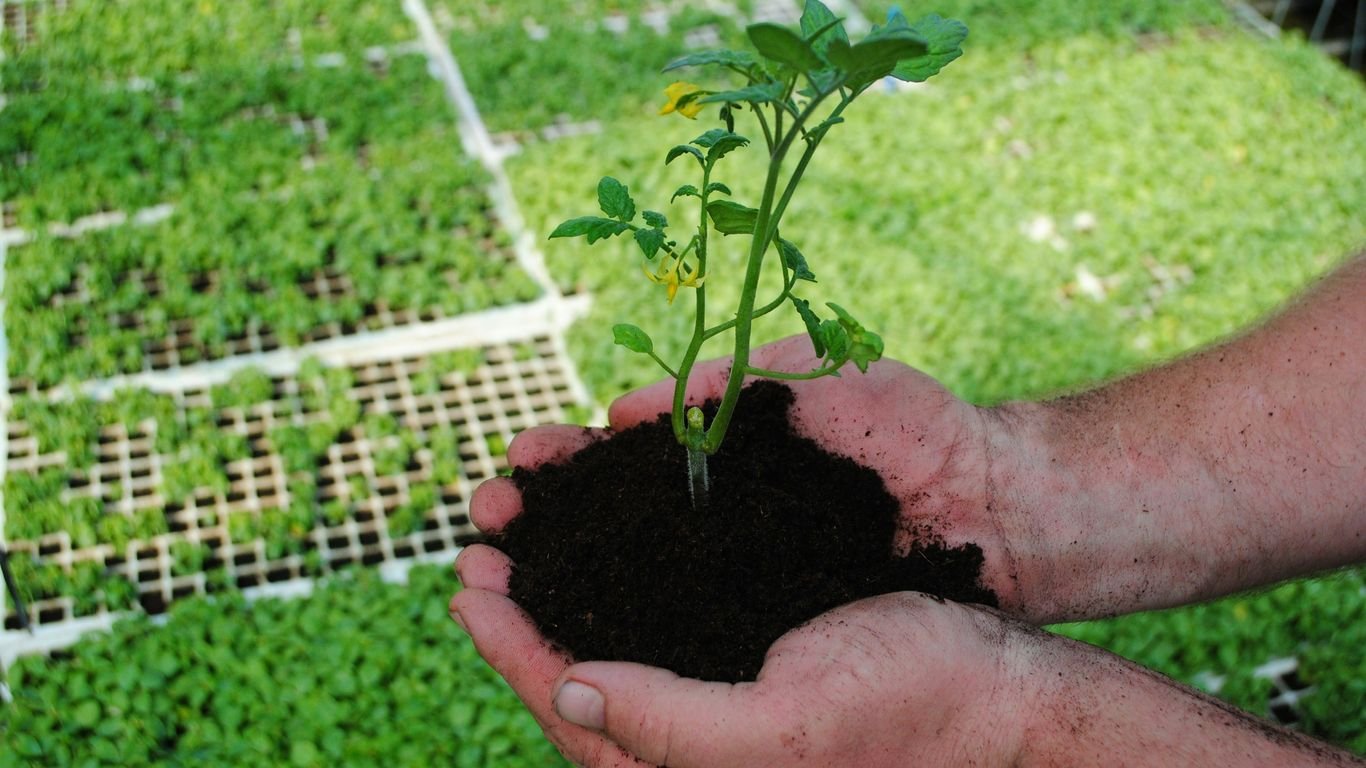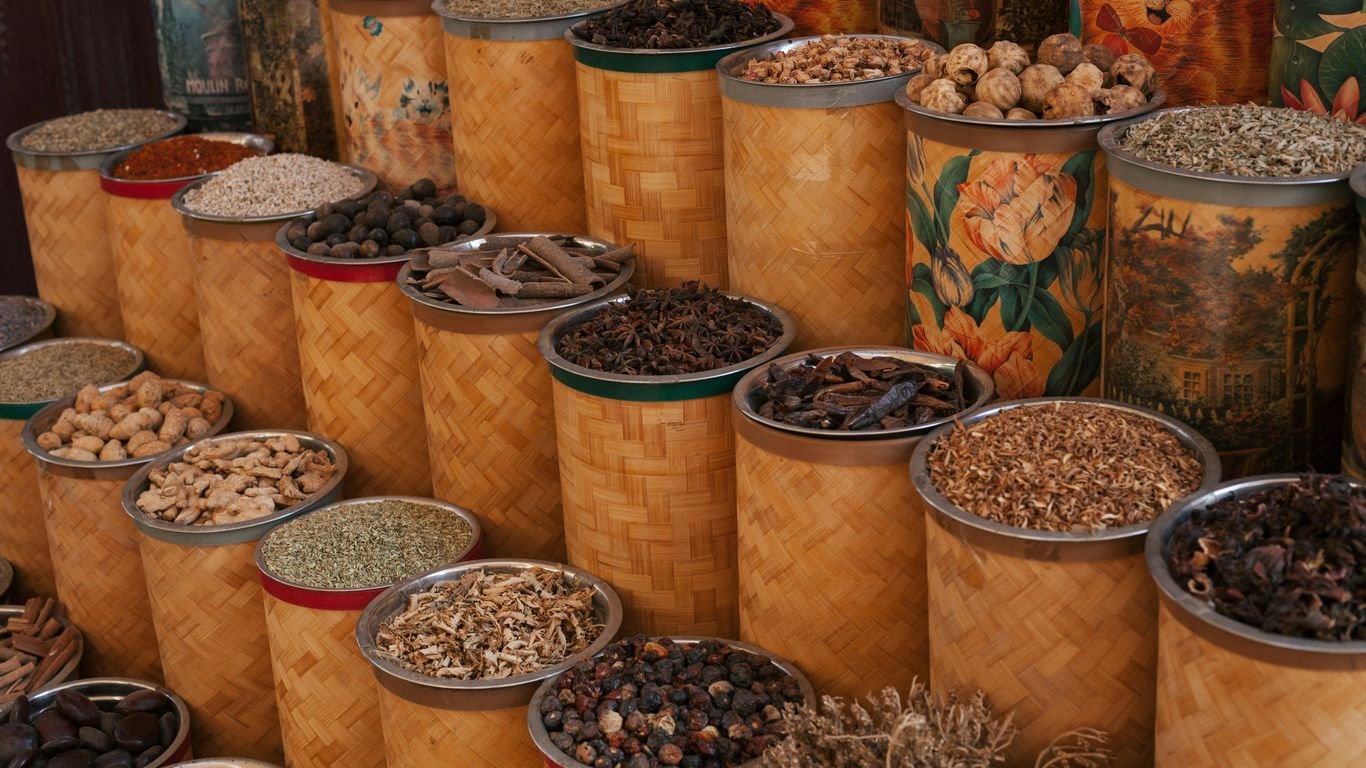Companion Planting for Beans: What to Plant (and Avoid) Nearby

We’ve been experimenting a lot in our garden lately, trying to figure out the best way to get the most out of our bean plants. It turns out, who you plant next to your beans can make a big difference. We’ve learned that some plants are like best friends to beans, helping them grow strong and healthy, while others can actually cause problems. We want to share what we’ve discovered about these bean companion plants so you can have a super successful harvest too.
Key Takeaways
- Planting beans with corn and squash, known as the ‘Three Sisters,’ is a classic for a reason; corn offers support, beans enrich the soil with nitrogen, and squash shades the ground.
- Root vegetables like carrots and radishes, along with leafy greens such as spinach, generally do well near beans, benefiting from the nitrogen beans add to the soil.
- Herbs like savory, rosemary, and catnip can be great bean companions, helping to repel pests and sometimes even improve bean flavor.
- Avoid planting beans near onions, garlic, and other alliums, as they can interfere with the beans’ ability to fix nitrogen in the soil.
- Different bean types have slightly different needs; bush beans are more flexible, while pole beans can use corn stalks for support, but both should avoid certain antagonistic plants like beets (pole beans) and sunflowers.
Fantastic Friends For Your Beans

Beans are such giving plants in the garden, aren’t they? Not only do we get a tasty harvest, but they also work their magic to make the soil healthier for their neighbors. This is thanks to their amazing ability to fix nitrogen, which is like a natural fertilizer for other plants. Because of this, beans are generally pretty good at getting along with most other garden dwellers. We love pairing them with plants that either help keep pests away or attract the good bugs that help with pollination. Since beans enjoy sunshine and consistent water, their best buddies usually like those conditions too.
The Classic Corn, Beans, And Squash Trio
This is probably the most famous companion planting setup, often called the "Three Sisters." It’s a brilliant system developed by Native Americans. Here’s how it works:
- Corn: Provides a sturdy stalk for pole beans to climb. It acts as a natural trellis.
- Beans: Climb the corn stalks and, in return, add nitrogen to the soil, feeding both the corn and the squash.
- Squash: Its large leaves spread out along the ground, acting as a living mulch. This helps keep the soil moist and suppresses weeds.
It’s a beautiful example of how plants can work together to create a thriving mini-ecosystem.
Root Vegetables That Play Well With Beans
Many root vegetables appreciate having beans nearby. The nitrogen that beans add to the soil can give root crops a nice boost, helping them develop strong and healthy. We’ve found that carrots, potatoes, and radishes are particularly good neighbors for beans. They tend to have different root depths, meaning they aren’t competing too fiercely for the same nutrients right at the surface. Plus, some of these root veggies can help break up the soil, which benefits the beans too.
Leafy Greens That Love Bean Neighbors
Leafy greens like spinach, lettuce, and arugula also tend to get along famously with beans. As the bean plants grow taller, they can offer a bit of welcome shade during the hottest parts of the summer. This shade can prevent the leafy greens from bolting too quickly, extending their harvest season. It’s a win-win: the greens get a little relief from the sun, and the beans have companions that don’t demand too much from the soil.
When we think about companion planting for beans, it’s all about creating a balanced garden where plants support each other. This means choosing neighbors that either benefit from the nitrogen beans provide, help deter pests, or attract pollinators. It’s a simple way to make our gardens more productive and resilient, just like how blueberries can benefit from thoughtful neighbors.
Herbs That Make Great Bean Companions
Beyond the classic vegetable pairings, we’ve found that certain herbs can be real game-changers for our bean patches. They don’t just coexist; they actively help our beans thrive. It’s all about creating a little ecosystem in the garden where everyone benefits.
Savory’s Sweet Support For Beans
Summer savory is a superstar when it comes to beans. Seriously, this herb is famous for a reason. Planting it nearby seems to improve the flavor of our beans, which is always a win. Plus, it’s known to help keep certain pesky beetles away from the plants. We like to plant it around the edges of our bean rows or in the corners of garden beds. It likes to spread out a bit, so giving it some room is key.
Marigolds And Nasturtiums: Pest Patrol
We can’t talk about good herb companions without mentioning marigolds and nasturtiums. These colorful flowers are more than just pretty faces; they’re like our garden’s security guards. Marigolds are particularly good at deterring nematodes, tiny soil-dwelling worms that can damage bean roots. Nasturtiums, on the other hand, are great at luring aphids away from the beans, acting as a trap crop. They also attract beneficial insects like ladybugs, which are natural predators of many garden pests. Planting them interspersed with our beans has really cut down on the amount of damage we see from common bean pests.
Rosemary And Catnip’s Protective Qualities
Don’t overlook the power of herbs like rosemary and catnip. Rosemary is a strong-scented herb that can help mask the smell of bean plants, making it harder for certain pests to find them. It also attracts beneficial insects. Catnip, while maybe more known for its effect on cats, is also a fantastic pest deterrent in the garden. It’s said to repel aphids, flea beetles, and even ants. We’ve found that a little patch of catnip near the beans creates a nice protective zone. It’s amazing how these simple herbs can contribute to a healthier garden, and we’ve seen a noticeable difference in our bean harvests since we started incorporating them. For more on beneficial plant pairings, check out basil and beans.
Understanding Why Certain Plants Are Bad Bean Neighbors
We all want our gardens to be happy, thriving places, right? And just like in any community, some plants just don’t get along. When we’re planting beans, it’s not just about finding buddies, but also about knowing who to keep at arm’s length. Some plants can actually mess with our beans’ ability to grow strong and healthy. Let’s break down why this happens so we can avoid those garden squabbles.
The Allium Family’s Nitrogen Interference
This is a big one. Beans are pretty special because they can actually pull nitrogen from the air and put it into the soil, thanks to some helpful little bacteria that live on their roots. This is awesome for them and for any plants nearby that might need a nitrogen boost. But here’s the catch: plants in the allium family – think onions, garlic, leeks, chives, and shallots – release certain compounds from their roots. These compounds can really mess with those beneficial bacteria on the bean roots. When the bacteria get disrupted, the beans can’t fix nitrogen as well, which means they might not grow as robustly and won’t be able to share that soil-enriching goodness with their neighbors. It’s like they’re being told to shut down their nitrogen-fixing factory.
Competition For Space And Resources
Sometimes, it’s not about chemical warfare, but good old-fashioned competition. Certain plants, especially those with similar growth habits or root systems, can end up fighting over the same resources. This is particularly true for vining plants. If you have pole beans trying to climb and spread, and you plant something else that also likes to vine or spread out a lot nearby, like cucumbers or even some types of squash, they can end up tangled together. This can lead to both plants getting stressed, not getting enough sunlight, water, or nutrients, and ultimately, stunted growth for everyone involved.
Plants That Stunt Bean Growth
Beyond the alliums and general competition, there are a few other plants that just seem to have a negative effect on beans. Sunflowers, for instance, can release a chemical from their roots that inhibits bean growth. It’s not entirely understood why, but it’s a known interaction. Also, some sources mention that fennel can be a problem, secreting substances that hinder the development of nearby plants. It’s a good idea to keep these plants separated from your bean patch to give your beans the best chance to flourish.
What To Avoid Planting Near Your Beans

While we love to talk about all the great plants that can be neighbors to our beans, it’s just as important to know which ones to keep away. Planting the wrong thing nearby can really mess with your bean harvest. We’ve learned that some plants just don’t play well together, and it’s usually for a few key reasons.
Steer Clear Of Onions and Garlic
We’ve got to talk about the allium family – that means onions, garlic, leeks, and even chives. These guys can be real troublemakers for beans. They release something into the soil that messes with the good bacteria on bean roots. You know, the bacteria that helps beans pull nitrogen from the air and put it into the soil? Well, alliums basically shut that process down. This means your beans won’t get the nitrogen they need to grow strong, and their overall growth can really suffer. It’s best to give these a wide berth.
Why Pole Beans and Beets Don’t Mix
Now, this one’s a bit specific. For bush beans, beets are usually fine. But if you’re growing pole beans, you’ll want to keep beets far away. They seem to stunt each other’s growth. It’s like they’re competing for something in the soil, or maybe they just don’t like each other’s company. We’ve found that planting them too close just leads to smaller, weaker plants for both.
Sunflowers and Their Growth Inhibitors
Sunflowers are beautiful, aren’t they? But when it comes to beans, they can be a bit of a bully. Sunflowers actually release a chemical into the soil that can stop bean plants from growing properly. It’s not a direct competition for nutrients like some other plants, but more of a chemical warfare. So, if you want your beans to thrive, keep those tall, sunny flowers in a different part of the garden.
Companion Planting For Different Bean Types

When we’re planning our vegetable gardens, it’s easy to think of all beans as being the same, but they actually have different needs and growth habits. This means the best buddies for your bush beans might not be the ideal companions for your pole beans. Let’s break down who plays well with whom for each type.
Bush Beans’ Best Buddies
Bush beans are pretty self-sufficient, growing into compact plants that produce their harvest all at once. Because they don’t need support and have a relatively short growing season, we can pair them with a variety of other crops. Think of plants that appreciate the nitrogen boost beans provide without competing too much for space or sunlight. Good choices include:
- Root vegetables: Radishes, carrots, and beets are great. Their roots grow downwards, leaving the upper soil layers for the beans’ roots. Radishes, in particular, can help break up the soil.
- Leafy greens: Spinach, lettuce, and Swiss chard love having beans nearby. They have shallow root systems and benefit from the nitrogen-rich soil. Plus, their leafy growth can help keep the soil around the base of the bean plants cool and moist.
- Brassicas: Cabbage, broccoli, and cauliflower can also be good neighbors. They have different nutrient needs, so they won’t directly compete with the beans.
We want to avoid planting bush beans with plants that have very similar nutrient requirements or that might shade them out too much. Generally, anything that needs a lot of nitrogen might be a poor choice, as the beans are already fixing it.
Pole Beans’ Climbing Partners
Pole beans are the vining types, and they need something to climb on. This is where companion planting really shines for them. The classic
Maximizing Space With Bean Companion Plants
When we’re gardening, especially if we don’t have a ton of space, thinking about how our plants can help each other out is a smart move. Beans are fantastic for this because they’re nitrogen-fixers, meaning they actually make the soil better for other plants. We can use this to our advantage to pack more goodness into our garden beds.
Vertical Support From Corn Stalks
This is a classic for a reason, especially with pole beans. Planting pole beans alongside corn is like giving them a ready-made trellis. The corn stalks are sturdy enough to support the climbing beans as they grow tall. In return, the beans help fertilize the corn with that nitrogen they’re so good at fixing. It’s a win-win that saves us from having to set up extra poles or netting. Just make sure the corn gets a bit of a head start so it’s strong enough to hold the beans when they start to climb.
Ground Cover For Moisture Retention
Some plants just sprawl, and that’s okay! Squash and pumpkins, with their big, broad leaves, are perfect for planting around the base of beans. As they spread out, they create a living mulch. This ground cover helps keep the soil cool and, more importantly, it reduces water evaporation. So, we end up watering less, and the bean roots stay happier and more hydrated. Plus, those big leaves can help suppress weeds, giving us one less thing to worry about.
Interplanting For Productivity
We can get really creative with interplanting. Think about tucking in some quick-growing crops like radishes or spinach between rows of bush beans. By the time the beans are really taking up space, those faster crops will likely have already been harvested. This means we’re getting multiple harvests from the same patch of soil. It’s a great way to keep the garden producing throughout the season without plants fighting too much for sunlight or nutrients. We can also pair beans with leafy greens like lettuce or arugula; the beans provide a bit of shade as the weather warms up, which these greens often appreciate. It’s all about finding those neighbors that complement each other’s needs and growth habits, making the most of every square foot we have available. For example, planting beans with carrots can be a good strategy as they have different root depths and don’t compete heavily for resources.
So, What’s the Takeaway?
Alright, so we’ve talked a lot about who’s invited to the bean party and who’s definitely not. It can seem like a lot to remember at first, but honestly, it’s mostly about giving your beans some good neighbors and keeping the troublemakers away. Think of it like setting up your garden for success – a little planning goes a long way. Don’t stress too much if you can’t get every single pairing perfect. Start with a few of the easy wins, like planting some savory or marigolds nearby, and just keep those onions and garlic a good distance away. We’ve found that even small steps towards companion planting make a real difference in how healthy our plants look and how much we harvest. So, give it a try, see what works for your garden, and enjoy those delicious beans!
Frequently Asked Questions
Why should we plant certain things near our beans?
We plant specific buddies for our beans because some plants help them grow better. They might keep away bugs that munch on beans, or they can make the soil richer for the beans. It’s like giving our beans good neighbors who help out!
What are the ‘Three Sisters’ and why are they good for beans?
The ‘Three Sisters’ are corn, beans, and squash. They’re a classic team! The corn stalks give beans a place to climb. The beans add good stuff (nitrogen) to the soil, which helps the corn and squash grow. The big squash leaves shade the ground, keeping it cool and moist.
Are there any plants we should absolutely avoid planting near beans?
Yes, we should steer clear of plants like onions, garlic, and leeks. These guys can mess with the tiny helpers on bean roots that make the soil good for them. Also, pole beans don’t get along with beets because they can both get stunted.
Do different types of beans need different companions?
A little bit! Bush beans, which grow short and bushy, can be planted with a wider range of plants. Pole beans, which climb, can use things like corn stalks for support. But the main rules about good and bad neighbors are pretty similar for both.
Can herbs be good neighbors for beans?
Definitely! Herbs like savory can help keep pests away from beans and even make them taste better. Marigolds and nasturtiums are like little guards that scare off bugs. Rosemary and catnip also offer some protection.
How does companion planting help us grow more food?
When we pair plants smartly, we can use our garden space better. For example, tall plants can support climbing ones, and ground cover plants can keep the soil healthy. This means we can grow more food in the same area, and the plants help each other out, leading to bigger harvests.






